Philippe de Courcillon, Marquis de Dangeau
Philippe de Courcillon was born on September 21 in 1638, only a couple of days after Louis XIV, whose death Philippe de Courcillon would record almost a century later.
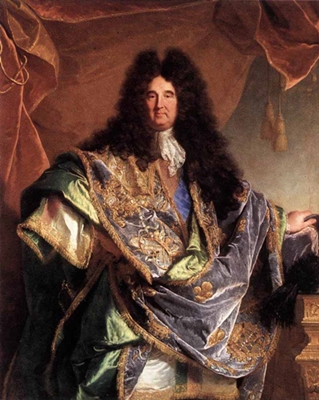
Born at the Château de Dangeau to Louis de Courcillon and Charlotte des Nouhes, and into a Calvinist family, Philippe converted to Catholicism early. After a youth not much is known of, Philippe drew the attention of Louis XIV to him due to his extraordinary luck at the card tables. He was so talented, the expression jouer à la Dangeau became à la mode to describe a person of exceptional skill at playing cards. The young Sun King was quite impressed by Philippe’s skills and formed a friendly opinion of him. Thus, in 1665, Philippe de Courcillon was appointed colonel du régiment du Roi and as such followed the King to all his ventures as a aide-de-camp, a personal assistant or secretary. He had won military glory already in 1658, as he served in Flanders under Turenne and afterwards in Spain. There he acquired the favour of the Spanish King, who wished for Philippe to serve him, but Philippe was too ardently a Frenchman and devoted to his country to accept the offer.
The next appointment followed two years later, as Philippe was named gouverneur de Touraine and went on many diplomatic missions in name of the King in foreign lands. Among them Modena, Mainz and Trier. The next year, in 1668, he was elected a member of the Académie française, although he had not published anything yet. But writing ran in the family. Philippe’s younger brother, Louis de Courcillon, was a churchman and grammarian. Their grand-father the famous Protestant writer Philippe de Mornay and also Philippe would wield the quill soon.
Before he did so, he already acted as patron of men of letters. Among them his friend Nicolas Boileau-Despréaux, well-known poet and critic. Boileau dedicated his Satire sur la Noblesse to Philippe and the philosopher and moralist Jean de La Bruyère based the character Pamphile on him.
“With a very agreeable figure, he possessed much natural wit, and the talent of making very pleasing verses.” ~ Fontenelle
The Abbé de Choisy, being a writer of memoirs himself, tells of a amusing occurrence which happened as Louis XIV began to court Mademoiselle de la Vallière. According to Choisy, Philippe de Courcillon willingly lend his skill with words to his friends whenever they needed to write a letter. Louis XIV heard of it and, admiring the fine words Philippe put on parchment, asked him to compose his love-letters to Mademoiselle de la Vallière in order to impress her. She was quite impressed and not wanting her response to appear silly, turned to Philippe as well. He thus wrote the letters of Louis XIV to her and her responses to him for almost a year. Choisy writes that at some point the Mademoiselle confessed her wit in those letters is due to Philippe de Courcillon being their author, after which the King admitted that also he employed Philippe de Courcillon to write his letters to her. According to Voltaire, it were not the letters of Mademoiselle de la Vallière he wrote, but those of the Sun King’s sister-in-law, but both say in either case that every part of the conversation was written by Dangeau.
 On May 11 in 1670, Philippe de Courcillon, already in his thirties, married Anne-Françoise Morin with whom he had a daughter, Marie Anne Jeanne de Courcillon.
On May 11 in 1670, Philippe de Courcillon, already in his thirties, married Anne-Françoise Morin with whom he had a daughter, Marie Anne Jeanne de Courcillon.
The Marquis de Dangeau is today remembered for his diary, which he started on April 1 in 1684. The first entry being Le roi fit ses dévotions, et donna plusieurs abbayes. Interestingly, there is no mention of his second marriage in them. Philippe married again on March 26 in 1686. This time the bride was a German Princesse with the rather long name Sophia Maria Wilhelmine zu Löwenstein-Wertheim-Rochefort. The wedding took place in Versailles and one son was born to them, Philippe-Egon. This Philippe-Egon, Marquis de Courcillon, was famous for his handsome face and bravery in battle. Apparently also not interested in women.
In his diary, Dangeau notes the small and more interesting happenings at court, from what the King did what day, to rumours and gossip, marriages, gifts from mistresses to the King, to births and demises. Written from 1684 to 1720, his work paints a good picture of how the daily life at Versailles was and is in contrary to Saint-Simon’s memoirs, not tainted by personal opinions. The Marquis writes it as it is and was actually an inspiration for Saint-Simon to begin his memoirs, although Saint-Simon called the diary of an insipidity to make you sick filled with the dullest news of the day. Again, compared to Saint-Simon, the writings of Dangeau are much more plain and sober, without unnecessary ado. In 1704, the Marquis became an honorary member of the Académie des Sciences and acted as its President in 1706.
From 1691 to 1720, the Marquis was the Grand Maître de l’ ordre militaire et hospitalier de saint Lazare de Jérusalem, after previously already having joined the Chevaliers de l’ordre du Saint-Esprit. The Marquise de Créquy wrote that Dangeau wept as he was made the latter and the first caused him a fever of the nerves due to his excitement and emotions.
In 1715, Philippe de Courcillon witnessed the decline in Louis XIV’s health and made detailed notes about it in his diary as first hand witness, until the great Sun King passed away. After Louis XIV’s death, Dangeau’s diary provides a glance behind the coulisses of the early Regency and changes at Versailles. Philippe de Courcillon died five years after the Sun King, on September 9 in 1720.
If you fancy to have a glance at what the Marquis noted and Saint-Simon found so very dull, click here.
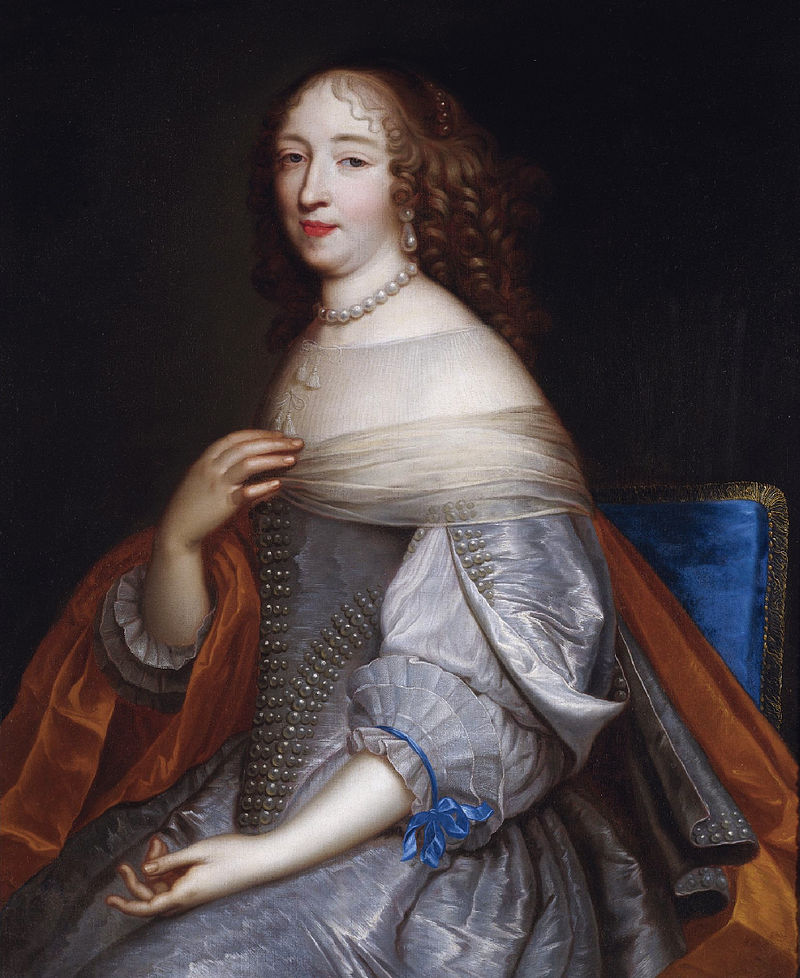
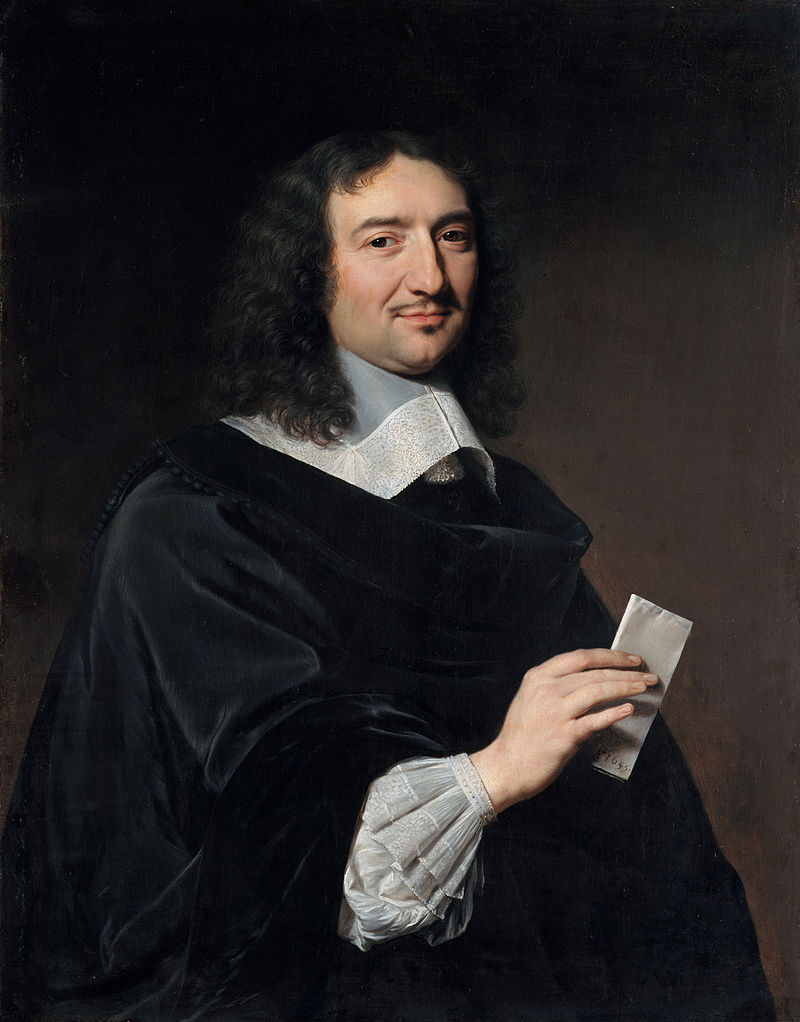

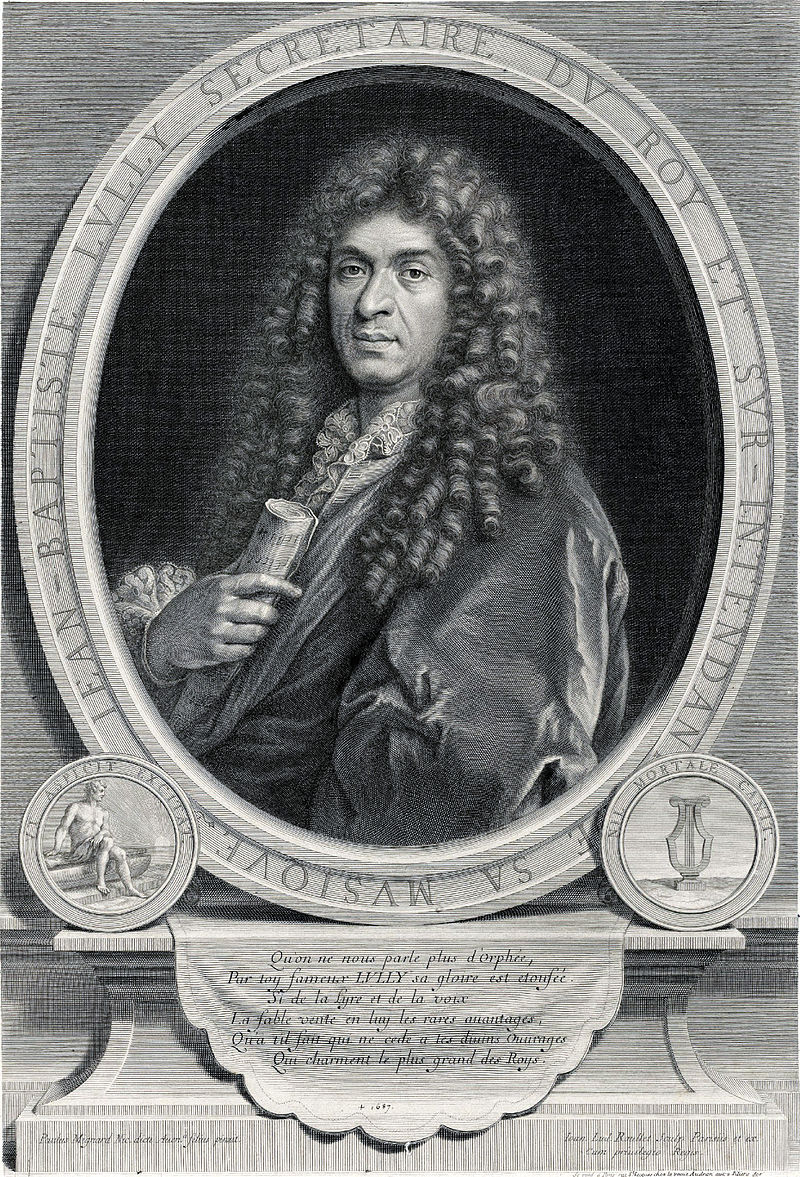
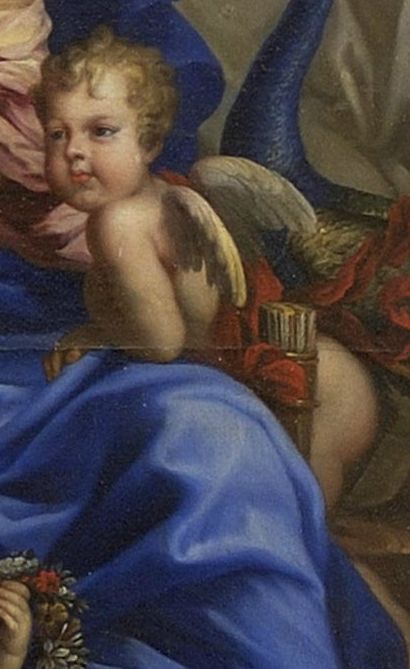
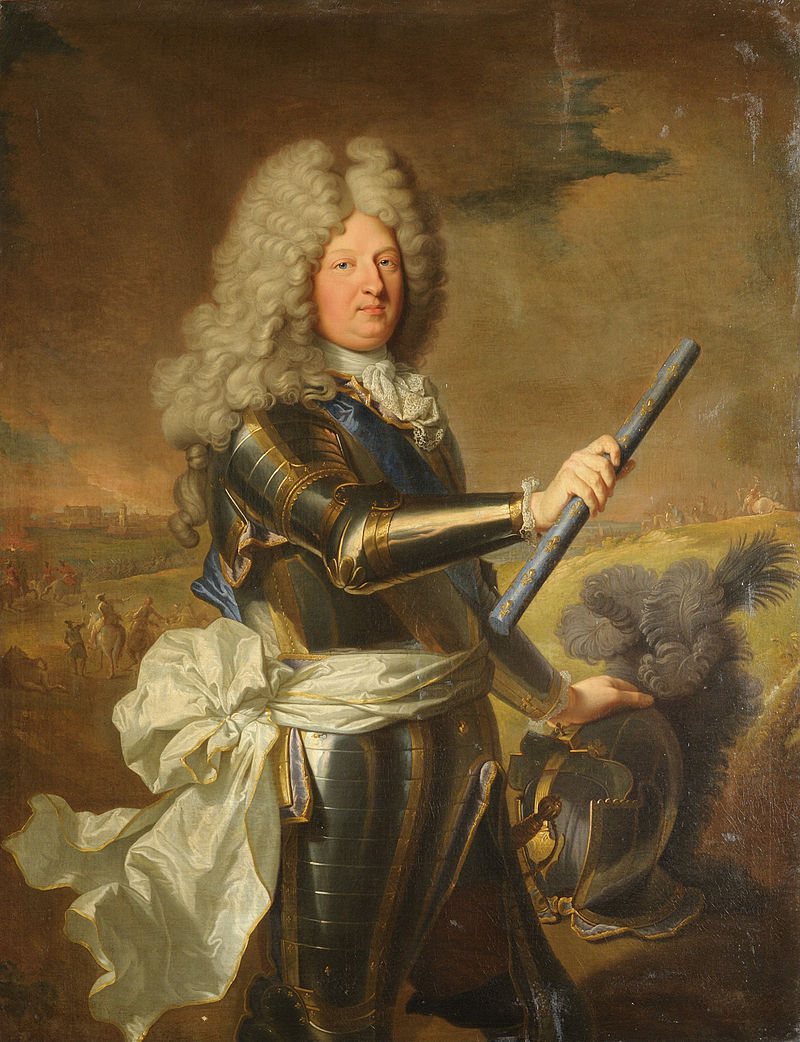
3 Comments
Tess
Thank you for bringing up another great person from the French court. The anecdote about the correspondence of young Louis and Louise is excellent 🙂
I have a question… Did these diaries were publicly known at the time of writing, or only after the death of the Marquis? I wonder if his friends and courtiers (the king above all) knew he was writing about them.
Aurora von Goeth
It was known that he wrote diary and many people did, so it was nothing too special. The work itself was published quite a bit after his death. If you ask me, I much prefer him over all Saint-Simons in the world.
louikatorze
maybe Saint Simon is more pleasant to read, but we can’t guarantee that what he wrote was true, as it was written decades after it happened, but he made a very good report of the intrigues about Duc de Berry wedding as he take good part of it among clique of Meudon (Dauphin, Duchesse de Bourbon) against the Orleans.
Also regarding Dangeau, there is some funny story reported by Liselotte:
-He was so proud of his high rank, even though his origins are not that high, that he tried to humiliate a nobleman Monsieur de Callière by looking down on him publicly. But the victim smartly responded back and left Dangeau humiliated in front of all the court, which pleased everyone cause it was funny to watch and not many people like that guy very much.
-In 1709, Madame de Maintenon reported a very strange pregnancy from Dangeau’s daughter or daughter in law i forgot. She was fully pregnant for 2 years and the baby was still alive inside. was not able to find out if the baby survived afterwards.